A chafing dish (from the French chauffer, “to make warm”) is a kind of portable grate raised on a tripod, originally heated with charcoal in a brazier, and used for foods that require gentle cooking, away from the “fierce” heat of direct flames. The chafing dish could be used at table or provided with a cover for keeping food warm on a buffet. Double dishes that provide a protective water jacket are known as bains-marie and help keep delicate foods, such as fish, warm while preventing overcooking.
Fragments of ceramic chafing dishes are common in the archaeology of medieval city sites, such as York, England.[1] Chafing dishes in the form of charcoal-burning braziers are familiar in 17th-century American inventories almost from the start. François Pierre La Varenne, Le Cuisinier françois (Paris, 1652) mentions the use of a réchaut in a recipe for champignons à l’olivier.[2] In describing the Velasquez genre painting (illustration), sometimes art historians not handy in the kitchen describe her as frying eggs in her earthenware dish.[3] In 1520, Hernan Cortez reported to Charles V the manner in which Montezuma was served meals in Tenochtitlan:
“He was served in the following manner: Every day as soon as it was light, six hundred nobles and men of rank were in attendance at the palace, who either sat, or walked about the halls and galleries, and passed their time in conversation, but without entering the apartment where his person was. The servants and attendants of these nobles remained in the court-yards, of which there were two or three of great extent, and in the adjoining street, which was also very spacious. They all remained in attendance from morning until night; and when his meals were served, the nobles were likewise served with equal profusion, and their servants and secretaries also had their allowance. Daily his larder and wine-cellar were open to all who wished to eat or drink. The meals were served by three or four hundred youths, who brought on an infinite variety of dishes; indeed, whenever he dined or supped, the table was loaded with every kind of flesh, fish, fruits, and vegetables that the country produced. As the climate is cold, they put a chafing-dish with live coals under every plate and dish, to keep them warm…” [1]
Chafing Dish and Stand about 1895[4] Victoria and Albert Museum, London
In England silver braziers without handles, upon which a dish would be set, are mentioned in the reign of Queen Anne; wooden balls kept the heat of the charcoal in the pierced container from being transferred to the table surface.[5] Dish-crosses and the chafing dish with a handle were introductions of the reign of George II.[6] In the American colonies, “One chafing dish” was inventoried among the silver at Abraham de Peyster’s death in New York, 1728, though only two colonial New York examples are known to survive.[7]

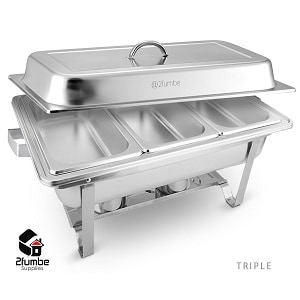

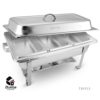
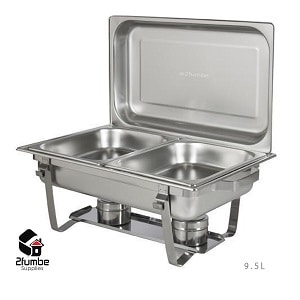
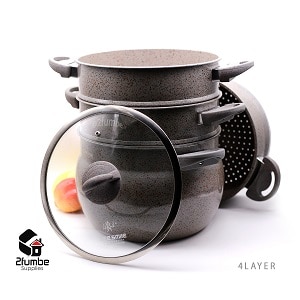
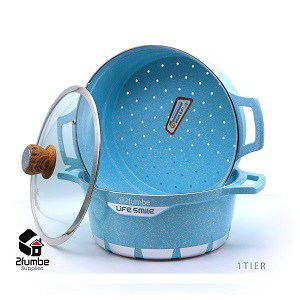
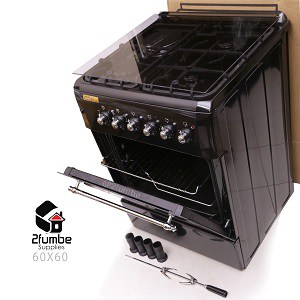
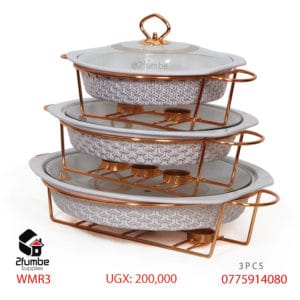
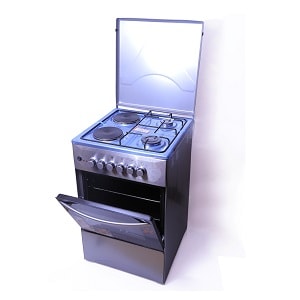
Reviews
There are no reviews yet.